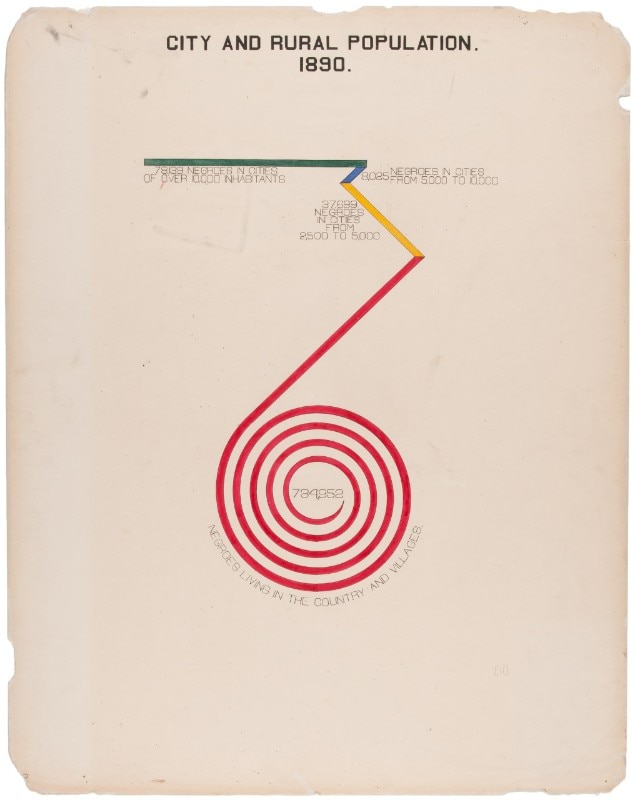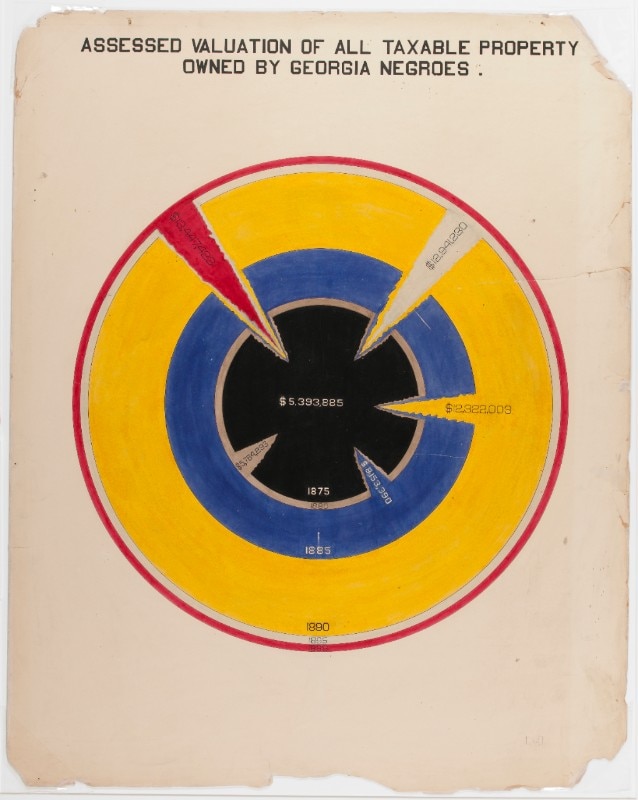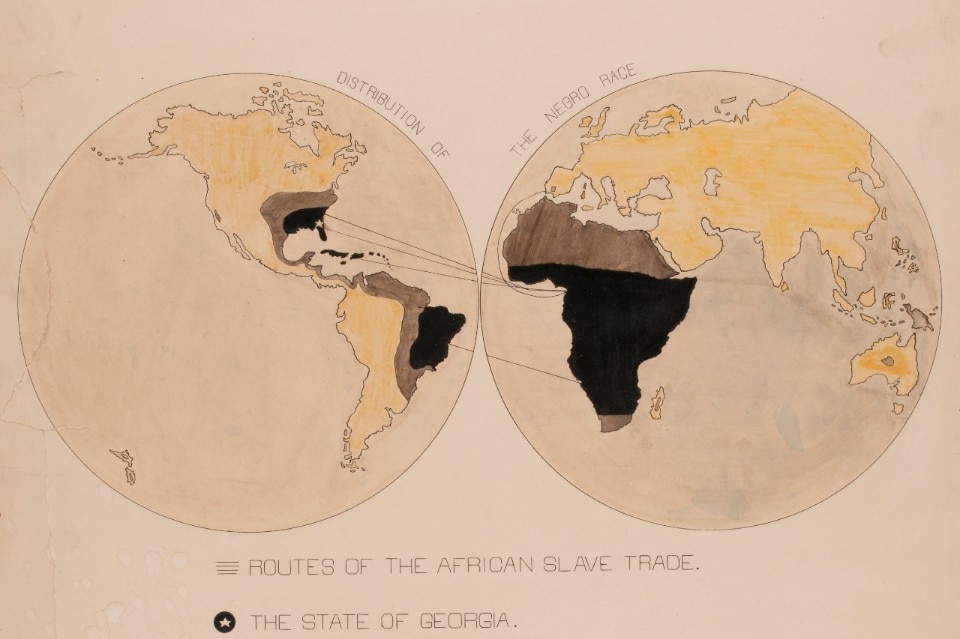This article was originally published on Domus 1065, February 2022.
Graphic designers create representations of society and facilitate access to information. But who is represented and who has access to these contents? What does it mean to design “normal” things for “normal” people?
The Eurocentric principles of modern design were conceived as egalitarian principles for social progress. Just consider the role played by Isotype pictograms, the universal language for images developed around 1930 by the sociologist Otto Neurath. It was the most well-known experiment aimed at democratising knowledge based on an extremely inclusive form of communication. Nonetheless, such principles, in the understandable attempt to classify the differences among people across the world, have contributed to creating stereotypes that today are hard to uproot.

Within a system of rules and conventions, graphic designers use grids, hierarchies and font pairings to visually align printed and digital products. They publish manuals dedicated to style and corporate identity to regulate communication for businesses and institutions. Every year, they design new sans serif fonts by following the highest principles of legibility. The norm appears throughout design culture. Uniforms and signs, icons, pictograms and emojis, typography: they are all the norm, invented to reproduce a text in a coherent way.
The norm is invisible and becomes evident only when it clashes with a different normative context. In fact, those within the bubble of the norm are convinced that the norm represents a universal language. Even though the concept of the norm is profoundly rooted in the professional ethos of design, protest and resistance are crucial parts to this story.

Exponents of dadaism and constructivism used diagonal lines, odd fonts and photo collages to challenge years of static symmetry. Normative design can also be transformative and inclusive, if created by people with different identities, backgrounds and skills. This is the challenge. With their clear-cut and well-defined polarities, simple binary oppositions can tempt the choices of a designer
But one of the alternative models is the spectrum, which contains infinite nuances of differences between extreme opposites. Intersections, winding paths and mixed ecologies push, therefore, beyond the aut-aut structure of binary categories by opening the design process up to new possibilities. Thus graphics, in a silent and discreet way, can indeed be a tool for progress.


